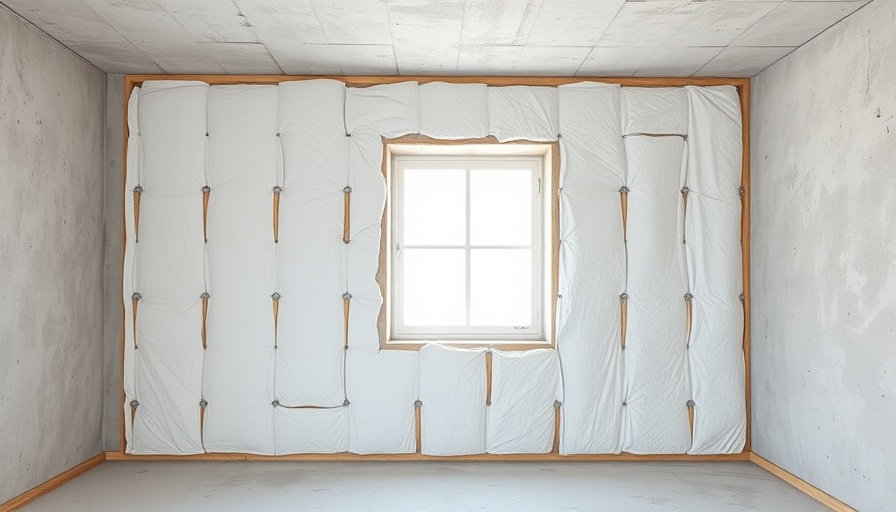
Understanding the Importance of Insulation in Steel Buildings
When constructing steel buildings, many may underestimate the crucial role that insulation plays. Insulation not only enhances comfort but is also vital for preventing significant issues like condensation and energy loss. As Daniel Hayes reports, the right insulation can extend the life of your steel structure and ensure that interior conditions remain stable, no matter the weather outside.
Common Insulation Options for Steel Buildings
Depending on factors such as climate, building use, and budget, there are several insulation options available. Spray foam insulation is one of the most effective choices, with a high R-value that seals all gaps and crevices, providing superior thermal performance. This type of insulation, while offering high energy efficiency, often requires professional installation due to its complexity.
Another option is fiberglass insulation, known for its affordability and ease of installation. It comes in batts or loose-fill forms and can significantly reduce outside noise while preventing moisture-related problems. However, it's essential to understand that fiberglass insulation may require protective gear during installation to avoid health risks.
R-Value: What You Need to Know
The R-value of insulation materials is a critical metric, measuring their effectiveness in resisting heat transfer. Higher R-values signify better performance, making it essential to assess climate and usage when choosing insulation materials. For instance, colder climates tend to require higher R-values to maintain comfortable interior temperatures.
Understanding the specific R-value requirements for your steel building is vital, as this will not only comply with local building codes but also optimize your energy consumption and costs over time.
Specific Considerations for Moisture Control
Moisture control is another key aspect of steel building insulation. Steel structures are highly susceptible to condensation, which can lead to rust and deterioration. For this reason, it is critical to not only insulate but also install a vapor barrier that can significantly mitigate moisture build-up. Many experts recommend combining insulation with vapor barriers for optimal performance.
Benefits of Professional Insulation Consultation
Considering the technical complexities involved in insulation installation, consulting with insulation professionals can prove beneficial. Experts can assess your specific building needs, recommend suitable materials, and ensure proper installation. They can also help you take a holistic approach, factoring in long-term energy savings and structural integrity.
Future Trends in Building Insulation Technology
With ongoing research and advancements in building technology, innovative insulation materials continue to emerge. For example, eco-friendly materials and methods that not only address insulation but also sustainability are gaining traction. These developments promise to transform how we approach steel building designs and insulation, resulting in more energy-efficient and environmentally friendly structures.
Conclusion: Taking the Next Step for Your Steel Building
As the demand for insulated steel buildings grows, homeowners and builders alike are encouraged to invest in quality insulation solutions. The combination of energy efficiency and comfort offered by modern insulation technologies is undeniable. If you’re considering a steel building project, reach out to professionals who can guide you through the insulation selection process. A well-insulated building can lead to significant savings and a more comfortable environment for all.
 Add Row
Add Row  Add
Add 






Write A Comment